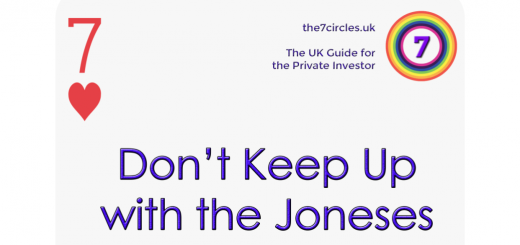Deal Size

Now that we know what the pattern of contributions over time looks like for our 7C investors, we need to decide on a deal size in order to work out how many trades we need to place each year. This is something of a chicken and egg situation, as one of the inputs into our decision will be how frequently we wish to trade.
There is no ideal trade size, but we can approach the problem from a variety of directions to define a range of sizes. The first thing to consider is whether the platform you are trading on has a minimum size. If it does, it is unlikely to be higher than the results of our other calculations, but we need to check. For the purposes of this article we’ll assume a minimum size of £1,000.
The next consideration is risk. In active trading, we need to look at where we will place our stop loss (ie. what is our minimum exit price and therefore maximum loss on a trade) but at this stage of our portfolio construction we can look simply at the number of assets we need to hold for diversification and risk purposes. Within a market, we might be diversified with as few as 25 stocks, but in portfolio terms, 2% or 1% risk per asset is more commonly used.
We will err on the side of caution and assume that all of our capital is potentially at risk on each trade, which gives us a minimum of 100 assets in our portfolio. It should be noted than many people prefer to hold very few assets in their portfolio, but in this case the assets held will be funds (trackers, ETFs etc.) composed of many underlying assets.
With target contribution totals ranging from £390K (£25K pa at age 65 under 4% growth) to £1,011K (£42K pa at age 55 under 2% growth) this gives an upper bound of between £4K and £10K per trade.
The next approach is to consider costs, both of trading and lifetime ownership. This is a topic big enough for its own post, and is greatly impacted by our choice of assets and trading platforms. For now we will come up with a plausible trading range and then later we will check that this range does not significantly impact costs on our chosen platforms.
Finally we come to trading frequency. Our goal is to design a simple and reassuring approach to long-term investment. We need to trade frequently enough to gain some benefits from pound cost averaging, but not so frequently that investment feels stressful, or like a full-time job. I will take the minimum frequency to be somewhere between four and ten trades per year. Of course, many people will be comfortable with twice or even five times as many trades.
The range of annual contributions from our 7C investors is between £7K (25-year-old aiming to retire on £25K pa at age 65, with 4% growth) and £38K (40- to 50-year old aiming to retire on £42K pa at age 55, with 2% growth). This implies a deal size of between £2K (7/4, rounded up) and £4K (38/10, rounded up) will be appropriate.
So we will carry forward this range of £2K to £4K into our review of trading costs. If there are conspicuous sweet spots on our chosen platforms which are a little higher or lower than this range, we will adjust accordingly.


















